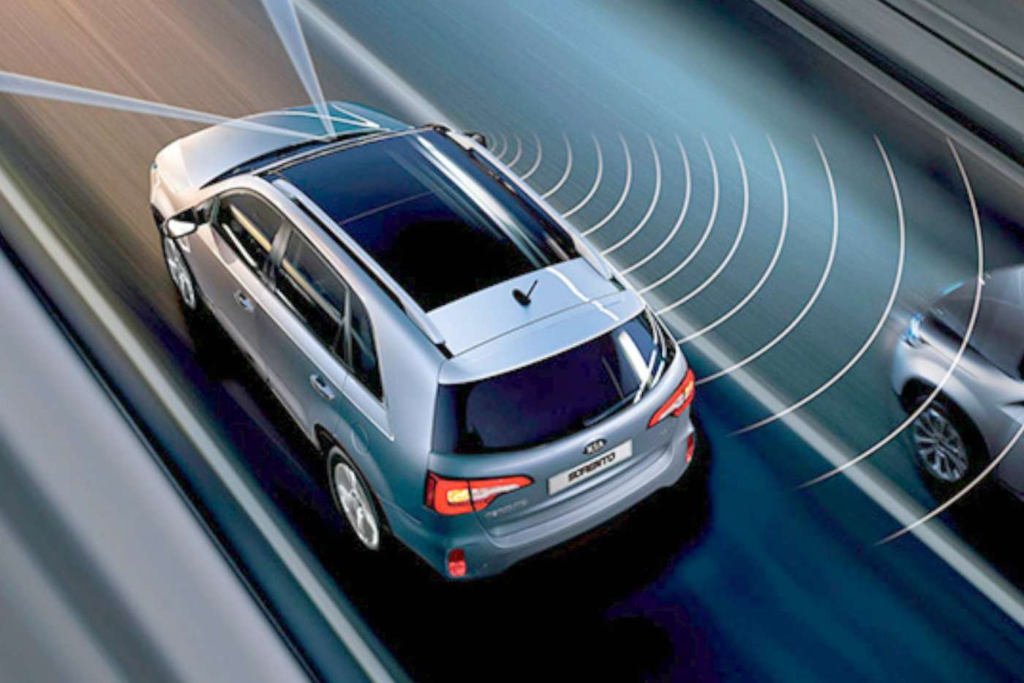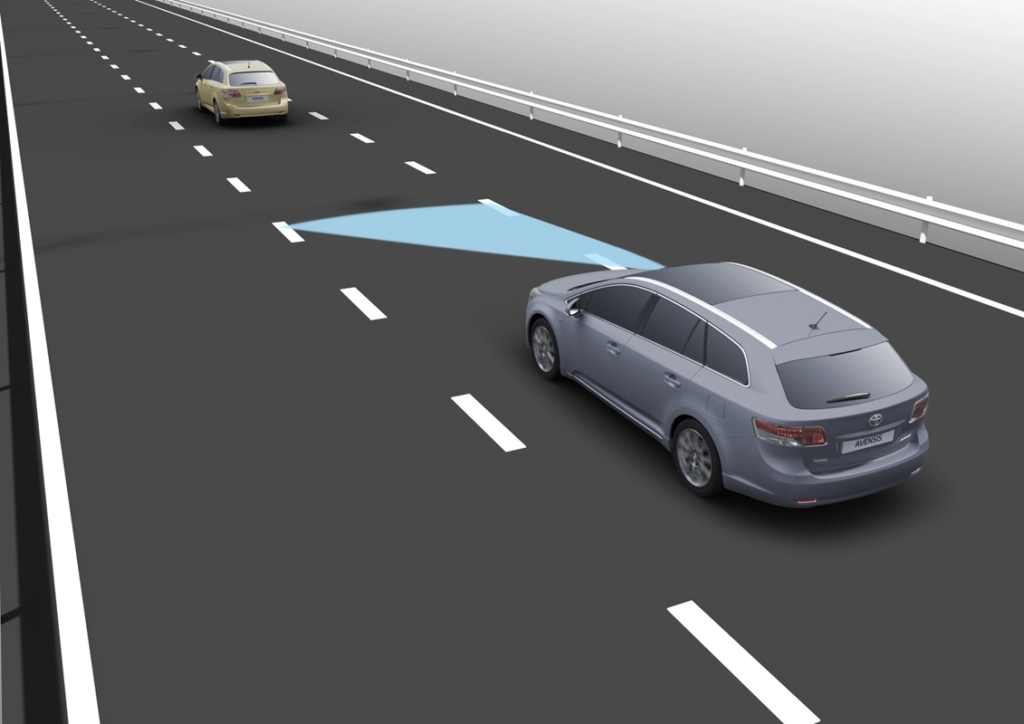
Lane Departure Warning (LDW) systems have become a pivotal component of modern vehicle safety technology, offering drivers an additional layer of protection by alerting them if their vehicle unintentionally drifts out of its lane. Designed to enhance road safety and prevent accidents caused by unintentional lane changes, LDW systems leverage advanced sensors and algorithms to provide timely warnings, thereby contributing to a safer driving experience. Here’s an in-depth look at how Lane Departure Warning systems work, their benefits, and their limitations.

1. How Lane Departure Warning Works
Lane Departure Warning systems rely on a combination of cameras, sensors, and advanced algorithms to monitor a vehicle’s position on the road. Here’s how the technology operates:
- Cameras and Sensors: LDW systems use cameras mounted on the front of the vehicle, typically near the rearview mirror, to capture images of lane markings on the road. These cameras are often paired with sensors that assist in detecting lane boundaries and tracking the vehicle’s movement.
- Lane Detection: The system analyzes the images captured by the cameras to detect lane markings. By continuously monitoring the vehicle’s position relative to these markings, the system determines if the vehicle is drifting out of its designated lane.
- Alert Mechanisms: If the system detects that the vehicle is unintentionally leaving its lane without signaling, it activates an alert to notify the driver. Common alert methods include visual warnings on the dashboard, auditory alarms, or tactile feedback through the steering wheel, such as vibrations.
2. Benefits of Lane Departure Warning
Lane Departure Warning systems offer several benefits that enhance driving safety and comfort:
- Enhanced Safety: By providing timely alerts when a vehicle drifts out of its lane, LDW systems help prevent accidents caused by unintended lane changes. This is particularly useful in avoiding collisions with other vehicles, roadside obstacles, or pedestrians.
- Reduced Risk of Accidents: LDW can help reduce the risk of accidents caused by driver fatigue, distraction, or momentary lapses in attention. The system acts as a safeguard, alerting drivers to potential lane departures that they might not notice on their own.
- Increased Driver Awareness: LDW systems promote greater driver awareness by providing feedback on lane positioning. This can help drivers stay more focused on maintaining proper lane discipline, especially during long drives or in heavy traffic.
- Support for Safe Lane Changes: While LDW primarily alerts drivers to unintentional lane departures, it can also support safe lane changes. By reminding drivers to signal before changing lanes, the system encourages safer driving practices.
3. Limitations of Lane Departure Warning
Despite its advantages, Lane Departure Warning has some limitations that drivers should be aware of:

- Not a Replacement for Active Driving: LDW is a supportive safety feature, not a replacement for attentive driving. Drivers must remain actively engaged and vigilant, as the system cannot address all driving scenarios or prevent all types of collisions.
- Performance in Adverse Conditions: The effectiveness of LDW can be impacted by poor weather conditions, such as rain, fog, or snow, which may obscure lane markings. Additionally, damaged or worn lane markings can affect the system’s accuracy.
- False Alerts: LDW systems may occasionally issue false alerts if the lane markings are unclear or if the system detects movement that it mistakenly interprets as a lane departure. Drivers should be aware that occasional false alarms are a normal part of the system’s operation.
- Limited Lane Departure Correction: While LDW alerts drivers to lane departures, it does not automatically correct the vehicle’s position. Some systems are paired with Lane Keeping Assist (LKA), which can provide steering inputs to help correct lane drift, but LDW alone does not include this feature.
4. Best Practices for Using Lane Departure Warning
To make the most of Lane Departure Warning and ensure safe operation, consider the following best practices:
- Understand Your System: Familiarize yourself with the specific features and alerts of your vehicle’s LDW system by reading the owner’s manual. Knowing how the system operates and how to interpret its alerts will help you use it effectively.
- Maintain Lane Markings: Ensure that your vehicle’s cameras and sensors are clean and unobstructed. Regularly check for any obstructions or damage that could affect the system’s performance.
- Combine with Safe Driving Practices: Use LDW as a supplementary tool to support safe driving practices. Continue to use turn signals for lane changes, maintain proper lane positioning, and stay attentive to the road.
- Adapt to Conditions: Be aware of how weather and road conditions might impact the effectiveness of LDW. Adjust your driving behavior accordingly in adverse conditions to ensure safety.
5. Conclusion
Lane Departure Warning systems are a valuable addition to modern vehicle safety technology, designed to alert drivers when they unintentionally drift out of their lane. By providing timely warnings, LDW systems enhance road safety, reduce the risk of accidents, and promote better driver awareness. Understanding how LDW works, its benefits, and its limitations can help drivers make the most of this technology while ensuring a safer driving experience. As automotive technology continues to evolve, LDW remains a crucial component in enhancing overall road safety and driver confidence.





